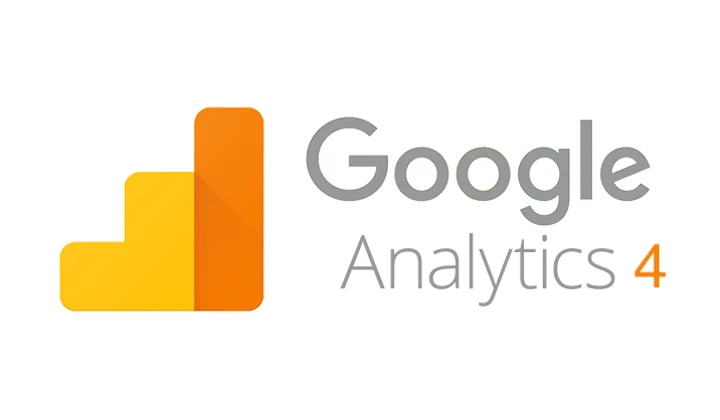Have you thought about how many links point to your website? Is it 2000, 3000, or even more..?? Sounds impressive, right?
But hold on,
Despite this impressive number, your website’s traffic isn’t skyrocketing. Why? Well, it’s not just the quantity; it’s the quality that matters! Even with a hefty number of backlinks, their quality might be lacking. Google isn’t giving all these backlinks the nod, and that’s a red flag. Have you paused to ponder whether the backlinks you’re hustling to create are genuinely valuable, or are they just a never-ending collection? This approach, akin to a bad or black hat backlink strategy, spells trouble.
Not every backlink adds value; in fact, they might be doing more harm than good, tarnishing your website’s reputation both in the eyes of Google and your precious audience.
Do you ever wonder if the links made for your website are really helpful, or are they just being made without any real purpose? Doing this kind of random linking is called a bad or black hat strategy. It’s something you should definitely steer clear of. These links don’t help your website and can even make it look bad to Google and the people who visit your site.
That’s where an SEO expert and regular SEO audits come into play for your website, allowing you to measure the status of your backlinks.
Short listing a few reasons why seemingly important links might not actually be helpful or valuable. Check them out one by one and audit your backlinks accordingly.
1. Irrelevance Linking:– Maybe you’ve looked at all the links in your text and they seem okay to you, but Google and users might not think the same. Sometimes, a link might look important because of how it’s shown or the words used in it, but it might not really fit with the content it’s connected to. These kinds of links that don’t match the content can confuse people reading your stuff and make the content not as good overall.
For an Example – Imagine you have a blog post discussing “gardening tips”, and within the gardening content, there’s a link that leads to a page selling “sports equipment”. Although the link might stand out or seem significant, it doesn’t connect logically to the gardening topic. Visitors interested in gardening advice might find this link irrelevant and distracting from the main subject matter.
2. Low-quality content:- Links from low-quality or spammy websites can actually harm a website’s ranking rather than help it. Search engines like Google prioritize links from authoritative, reputable sources. If a link is from a site with a poor reputation or low-quality content, it might not be beneficial.
How can you measure the content’s quality for SEO? These are quick tips.
- Relevance to Search Intent: Ensure your content aligns with the user’s search intent.
- Engagement Metrics: Analyze metrics like time spent on page, bounce rate, and click-through rate (CTR).
- Originality and Uniqueness: Unique, original content tends to perform better in search results.
- Readability and User-Friendly Format: Content should be easy to read and navigate.
- Usefulness and Value: Quality content provides valuable information, answers questions, and solves problems for users.
- Authority and Credibility: Establish credibility by citing reputable sources, using data or statistics, and demonstrating expertise in the subject matter.
- Optimization for Keywords and SEO Elements: Incorporate relevant keywords naturally throughout the content.
- Feedback and Comments: User feedback, comments, and social shares can indicate content quality and its impact on the audience.
3. Over-optimization: Having too many links, particularly if they’re overly optimized (such as using the same anchor text repeatedly), can raise red flags for search engines. This practice, known as “over-optimization,” can lead to penalties and a decrease in search rankings.
4. No-follow attribute: Sometimes, website owners may use the “nofollow” attribute on links, indicating to search engines not to pass authority or credit to the linked page. These links don’t contribute to the linked page’s search ranking.
5. Broken or outdated links: Links that are broken or lead to outdated content provide a poor user experience. Search engines prefer websites that are well-maintained and provide current, functional links.
6. Link stuffing or manipulation: Attempting to manipulate search rankings by adding excessive, irrelevant, or manipulative links to a website can lead to penalties from search engines.
7. Link schemes or buying links: Engaging in link schemes or buying links to artificially inflate a website’s authority can have negative consequences. Google’s algorithms are designed to detect and penalize such practices.
Ultimately, the importance of a link depends on various factors, including its relevance, authority, context within the content, and the overall quality of the linking and linked-to content. Google and other search engines aim to deliver the most relevant and valuable results to users, so links that contribute positively to this goal are typically considered important.
Explore Top 3 Tools We Use to Check Backlink Quantity and Its Quality for Our Clients
1. Ahrefs:
Ahrefs stands tall as a powerhouse in the SEO toolbox, offering an array of features to scrutinize backlinks. Its Site Explorer tool provides in-depth analysis, allowing us to track backlink profiles, evaluate referring domains, assess anchor texts, and explore new link opportunities. The tool’s real-time data updates aid in monitoring backlink performance, identifying broken links, and understanding competitors’ strategies, making it an indispensable asset for backlink analysis.
2. SEMrush:
SEMrush emerges as another stalwart in the SEO domain, facilitating an exhaustive backlink audit. Through its Backlink Audit tool, we conduct thorough assessments, identifying toxic or spammy links that could potentially harm a website’s ranking. The tool’s robust disavow feature assists in the proactive management of undesirable links, ensuring a clean and healthy backlink profile. Moreover, SEMrush’s competitive analysis capabilities enable us to benchmark our clients’ backlink strategies against industry peers.
Moz Link Explorer earns its place among the top tools, enabling us to uncover valuable link opportunities and gauge backlink health. With its Link Explorer tool, we delve into domain authority metrics, anchor text distribution, and link equity distribution, fostering a comprehensive understanding of backlink performance. The tool’s spam score assessment aids in identifying potentially harmful links, empowering proactive measures for maintaining a credible backlink profile.
To sum up, thinking about how links matter in SEO can be a bit tricky. Sometimes what seems important might not actually help much. It’s smarter to think about quality, how relevant the links are, and if they make things better for people visiting your site. It’s not just about getting lots of links but getting good ones that really matter. Talk to your SEO expert and make your backlink worthy and helpful to you and for your audience also.
When you pay attention to what really makes a link good, like being useful and fitting well with your content, it helps your website a lot more. So, focusing on having better-quality links instead of just having lots of them is the key to doing well in SEO and making your site stand out.






